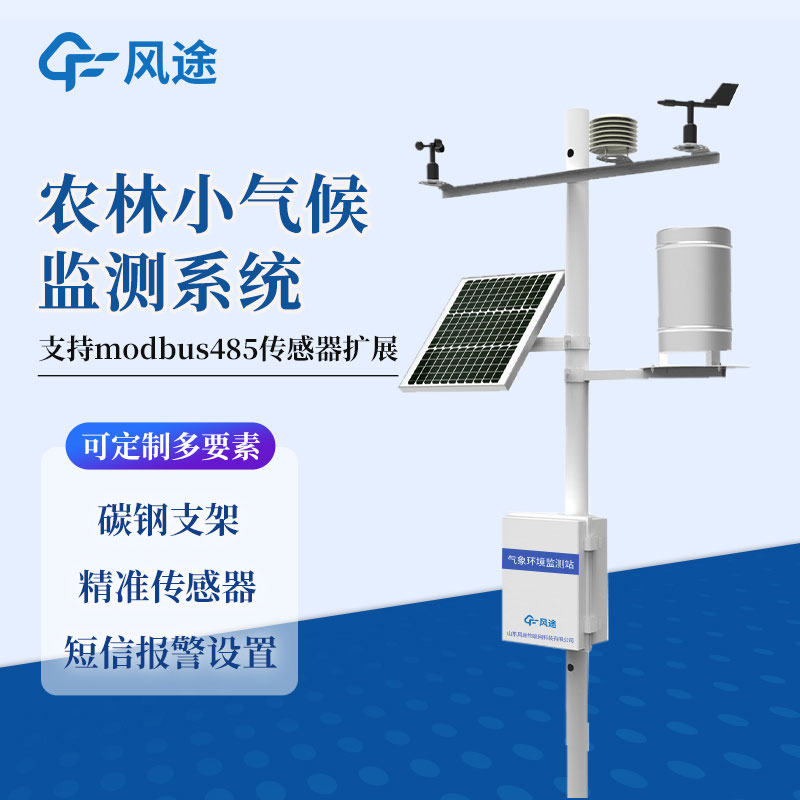Meteorological environment monitoring equipment supplier
Insist on doing high-precision customer favorite technology products
The configuration of an agrometeorological instrument usually includes a variety of sensors and data collectors. The sensors can monitor a wide range of meteorological parameters in the agricultural environment, such as air temperature, air humidity, wind speed, wind direction, and rainfall. These sensors can be configured individually or in combination depending on the actual need. The data collector, on the other hand, is used to collect the data monitored by the sensors and to convert, store and transmit them. The data collector can usually be connected to multiple sensors in order to monitor multiple meteorological parameters at the same time. The data collector can also upload the collected data to the network, so that farmers can easily understand the weather conditions anytime and anywhere.
In addition, the agrometeorological instrument can be equipped with other auxiliary equipment, such as display screen, power supply, stand and so on. The display can show the weather data in real time, which is convenient for farmers to view; the power supply can provide power support for the instrument; and the stand can place the instrument in the farmland for better monitoring of the weather conditions. In short, the configuration of the agrometeorological instrument can be flexibly selected according to the actual needs to meet the farmers' demand for weather monitoring.
Agrometeorological instruments can monitor meteorological factors in real time, such as temperature, humidity, radiation, wind speed, wind direction, rainfall, barometric pressure, and so on, and these data are very important for assessing agricultural disasters. For example, when the weather instrument monitors abnormal temperature and excessive rainfall, it can issue timely warnings to remind farmers to take measures to prevent disasters such as floods or droughts. It can also be used to assist in the formulation of agricultural production plans, providing farmers with a scientific basis. For example, in choosing the appropriate sowing time, selecting the right varieties, fertilizer timing, etc., the data provided by the agrometeorological instrument can optimize the production efficiency and achieve the effect of cost savings.
